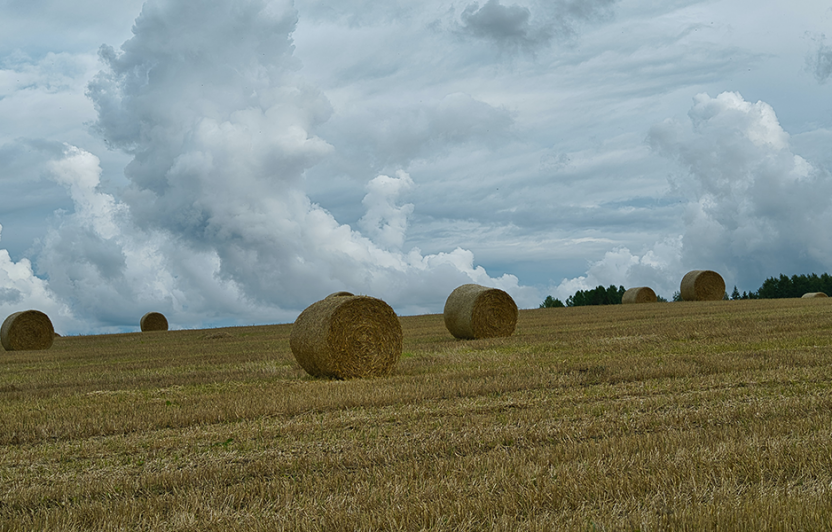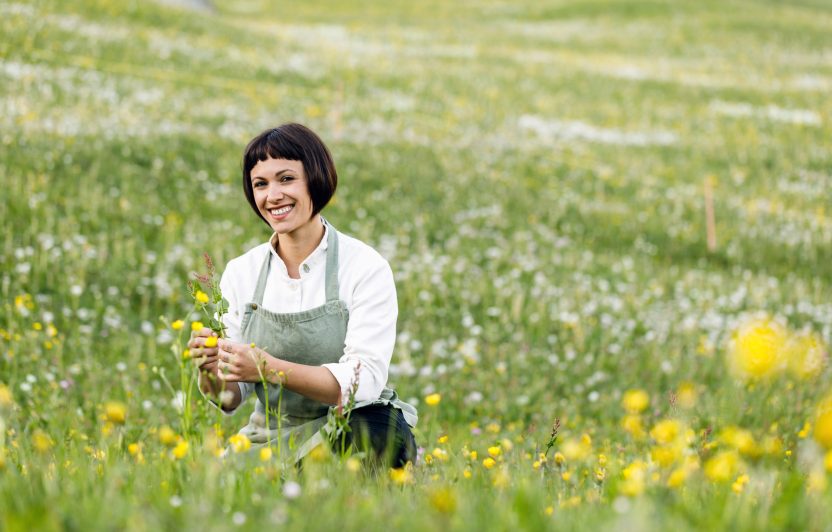
Sabine Lerch has no illusions: “Changing their own behaviour is one of the most difficult things people can attempt to do.” The 36-year-old has nevertheless been enthusiastically involved in Biovision’s CLEVER awareness raising project for eight years, previously as head of the exhibition, now as head of the programme for Switzerland. During this time, she has learned that – if done correctly – awareness raising can definitely make a difference.
Letizia Manzambi, who is responsible for awareness raising programmes at CEAS, also firmly believes in the human capacity for change. Her work focuses mainly on energy, waste and food waste, and her main target group consists of school classes of children aged eight to twelve. An optimal supplement to Biovision: here, awareness raising work mainly concerns young people and adults, with a main focus on sustainable consumption (CLEVER exhibition) and healthy soil (Sounding Soil).
Mountain milk is not from the Alps at all!
Biovision, like the CEAS, is striving to bring about a change in behaviour with its awareness programmes. But is that actually possible? Right at the outset, Sabine Lerch mentions one important advantage of working with children and young people: “They don’t yet have fixed patterns of consumption behaviour and are still in a phase of self-discovery, which means they remain open to input.” The best approach is generally to talk to them directly. And according to Sabine Lerch, awareness raising is most effective when it triggers an “aha” effect: “Aha, mountain milk isn’t from the Alps at all!” or “Aha, the soil is alive!”
But Letizia Manzambi and Sabine Lerch agree on one thing: nothing can be achieved unless people are willing to get involved and reflect on their own behaviour. It helps if they are exposed to a topic over and again. They also feel quite positive about this, because times are changing. “Ten years ago, hardly anyone was talking about sustainable consumption,” says Sabine Lerch. “Now, the subject is in the media every day.”
Biovision is fully responsible for running the CLEVER project, including publicity, running the exhibition, finding suitable locations and its administration. The aim of the project is to inform the Swiss population and make them aware of the impact of their patterns of consumption on human health and the health of the environment.
With the “Five Golden Shopping Rules”, it seeks to effect real change in purchase decisions made by visitors to CLEVER:
- Less is more! Buy what you actually need
- Eat vegetarian food on a regular basis
- Buy seasonal and regional products
- Select products with sustainable labels, e.g. organic or Fairtrade
- Avoid products containing palm oil
Vous y trouverez régulièrement des conseils sur la consommation durable.




